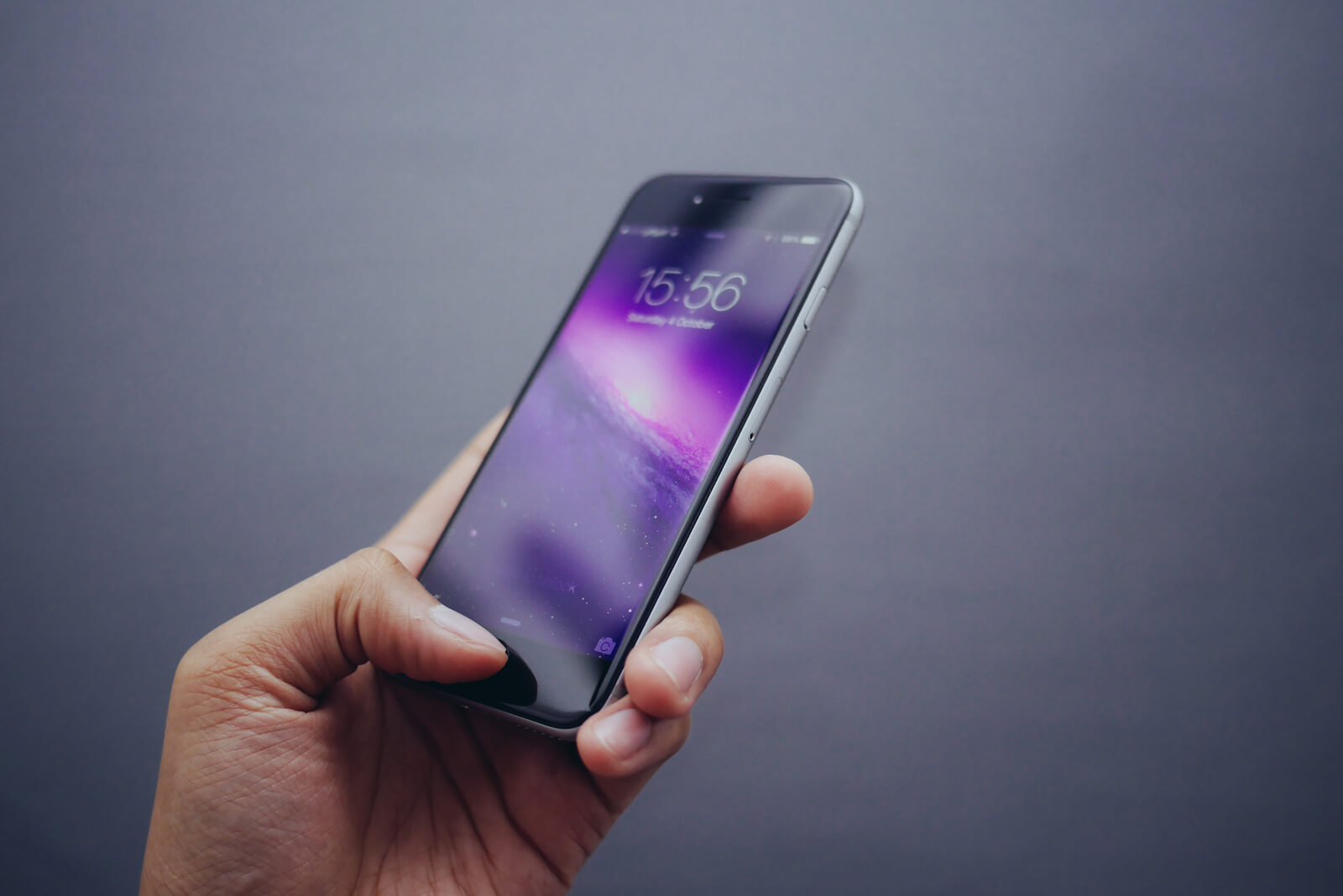Here’s a step-by-step guide to performing the Eid prayer, which is an important part of Eid celebrations. On this day, Muslims join in congregational prayer and give thanks to Allah. May all your prayers be answered, ameen!
What time is Eid prayer?
Eid Salah (prayer) takes place in the early morning (after Fajr) on the first day of Eid. Muslims are encouraged to pray in Jama’ah (congregation) with their local Muslim community on occasions such as these.
Please check with your local mosque for the prayer schedule in your local area.
Why is Eid Salah prayed?
Salat-ul-Eid is considered either a sunnah, wajib (required), or fard kifaya (communal obligation) act of worship depending on the madhab or school of thought that you follow.
How to prepare
On the morning of Eid, it’s sunnah to take a shower (i.e. perform ghusl) before you settle down to pray. It is also sunnah to start the day by eating dates after you’ve prayed.
When to pray
Eid prayer must be performed after the sun has risen. As a result, you cannot pray the Eid prayer immediately after Fajr. Also, Eid prayer must be performed before zawaal. Zawaal refers to the time in which the sun has reached zenith, its highest point in the sky.
Therefore, our recommendation is to perform the Eid prayer anytime between the hours of 7am and 12pm.
There is no khutbah (sermon) after the prayer if you pray at home. However, you can listen to a sermon online because it’s mandub (recommended), not wajib (required) to listen to a khutbah.
How it’s prayed
Salat-ul-Eid has additional takbeerat that differentiate it from the regular prayers. Unique elements of Eid prayer:
- No adhan or iqama
- Extra takbeerat (saying Allahu Akbar)
- Two rakahs
- Khutbah
